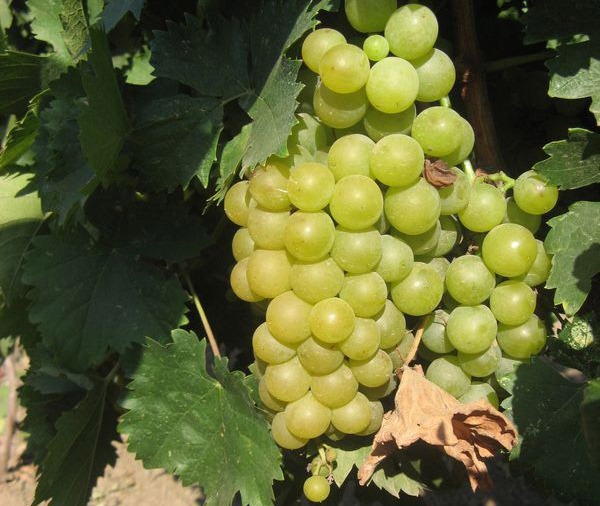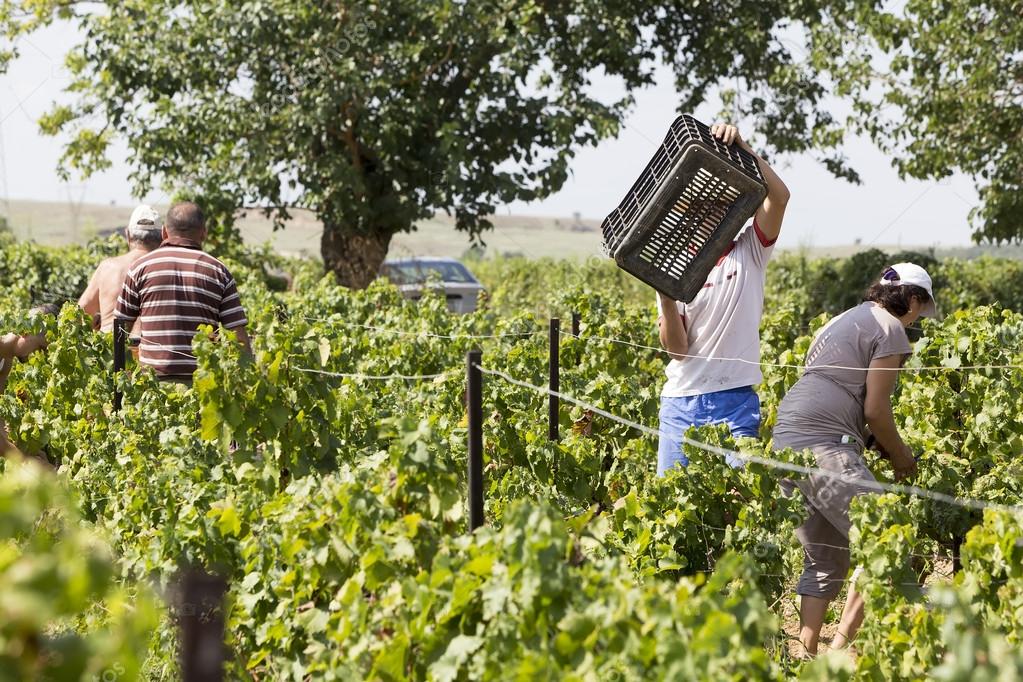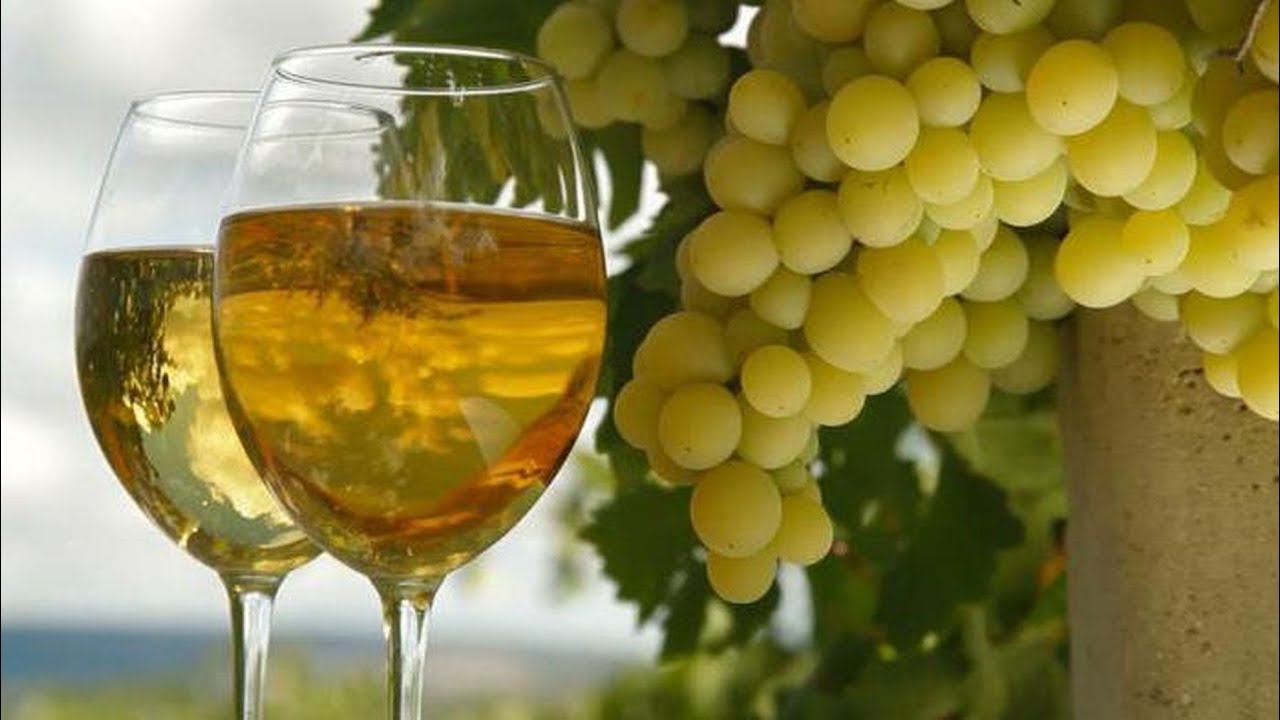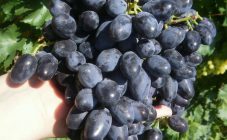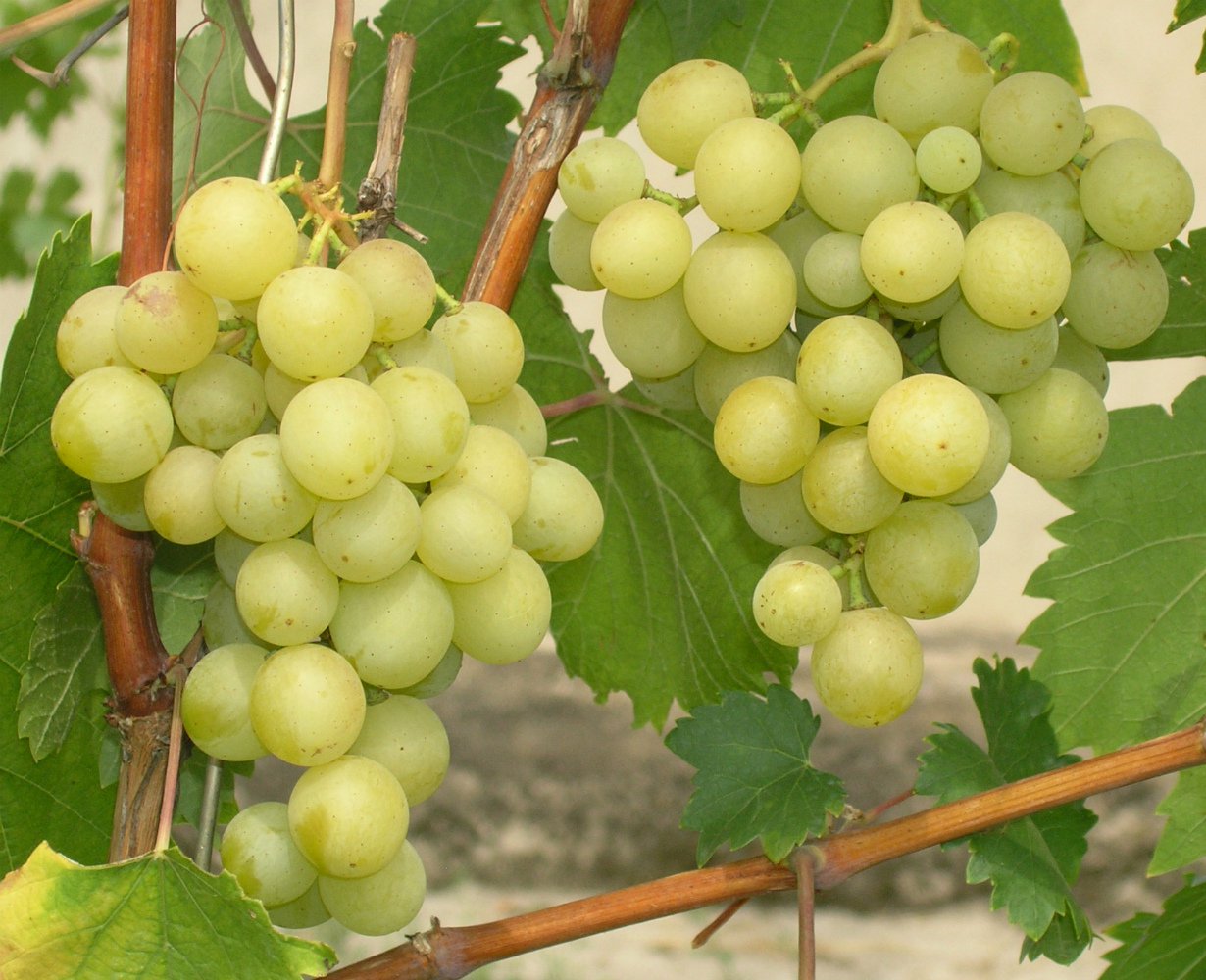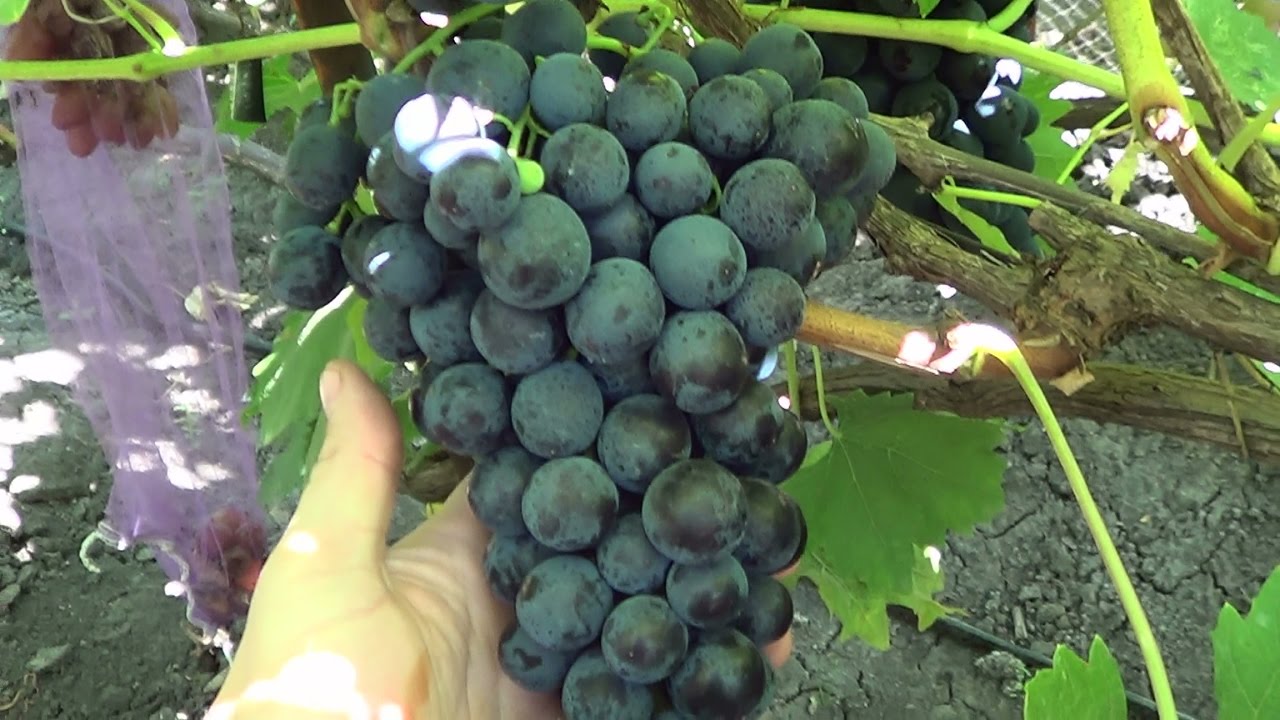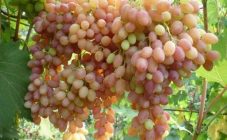Content:
The Muscat White grape variety is held in high esteem by many vineyards. This species is difficult to grow, but for those gardeners who nevertheless decided to breed it, it became a real gift. It produces excellent white (less often red) wine and aromatic sweet berries.
The history of the creation of the variety
This old grape variety was developed in the East: in Egypt, Syria and Saudi Arabia. In 1828 it was brought to the territory of the Crimea, where it is successfully cultivated to this day.
Characteristics table
| Parameter | Description |
|---|---|
| Yield | Average. About 80 centners per hectare. The negative factors affecting the yield include thickening of planting, clay soil, and high soil moisture. Pollination is used to increase the number of fruits. |
| Frost resistance | Low. Frost can destroy the variety. Poorly tolerates frequent rains. The best place for Muscat White is a dry and warm slope. |
| Flowering period | This grape variety is classified as a very early variety. The berries reach full maturity 130-150 days after the first buds open. Overripe brushes quickly crumble. |
| Plant parameters | Vineyards of medium size, vigorous, fruitful. The leaves are dark green, have 3 to 5 lobes, at the ends of which are narrow and triangular teeth. The bronze-colored vine cannot withstand heavy loads. Bunches of cylindrical shape, size from 100 to 450 gr. On average 130 gr. |
| Berries | Rounded, medium in size. Weight up to 4 g, diameter - 1.5 cm. Seeds in a berry - 2-3. The pulp is sweet, juicy, with a strong aroma of nutmeg and notes of tea rose, citron. |
Features of growing and care
For mass cultivation, only the southern regions with a stable warm climate, deep groundwater flow, average humidity and good solar heating are suitable. Disembarkation should be carried out in mid or late March in a bright, windless, sunny area. Preferably on the south side of the garden. The distance from one garden to another should be 4.5 m, and between the bushes - at least 4 m.
The last harvest is carried out in early autumn (in the first decade of September).
For propagation, cuttings are suitable, which includes:
- Cutting off healthy shoots with a diameter of 1-2 cm.
- Cutting off all tendrils and leaves.
- Place the shoots in water for a day.
- After processing with copper sulfate.
- Store in a cellar, packed in bags.
- Soak in potassium permanganate and update the middle cut.
- Plant in open ground.
Advantages and disadvantages of the variety
White Muscat grapes have a lot of advantages:
- Refined and sweet berry taste.
- The fruits ripen quickly.
- High transportability, suitable for long haul.
- Good yield.
- Not whimsical in leaving in the southern territories.
Despite all its advantages, this varietal grape also has disadvantages:
- Reduced cold hardiness and winter hardiness.
- Susceptibility of clusters to peas.
- Susceptible to diseases and parasites.
- Does not tolerate frequent rains, acidity.
- Cannot be planted on clay and low-lying soils.
Growing Muscat White grapes is not easy, but the result is worth it.
